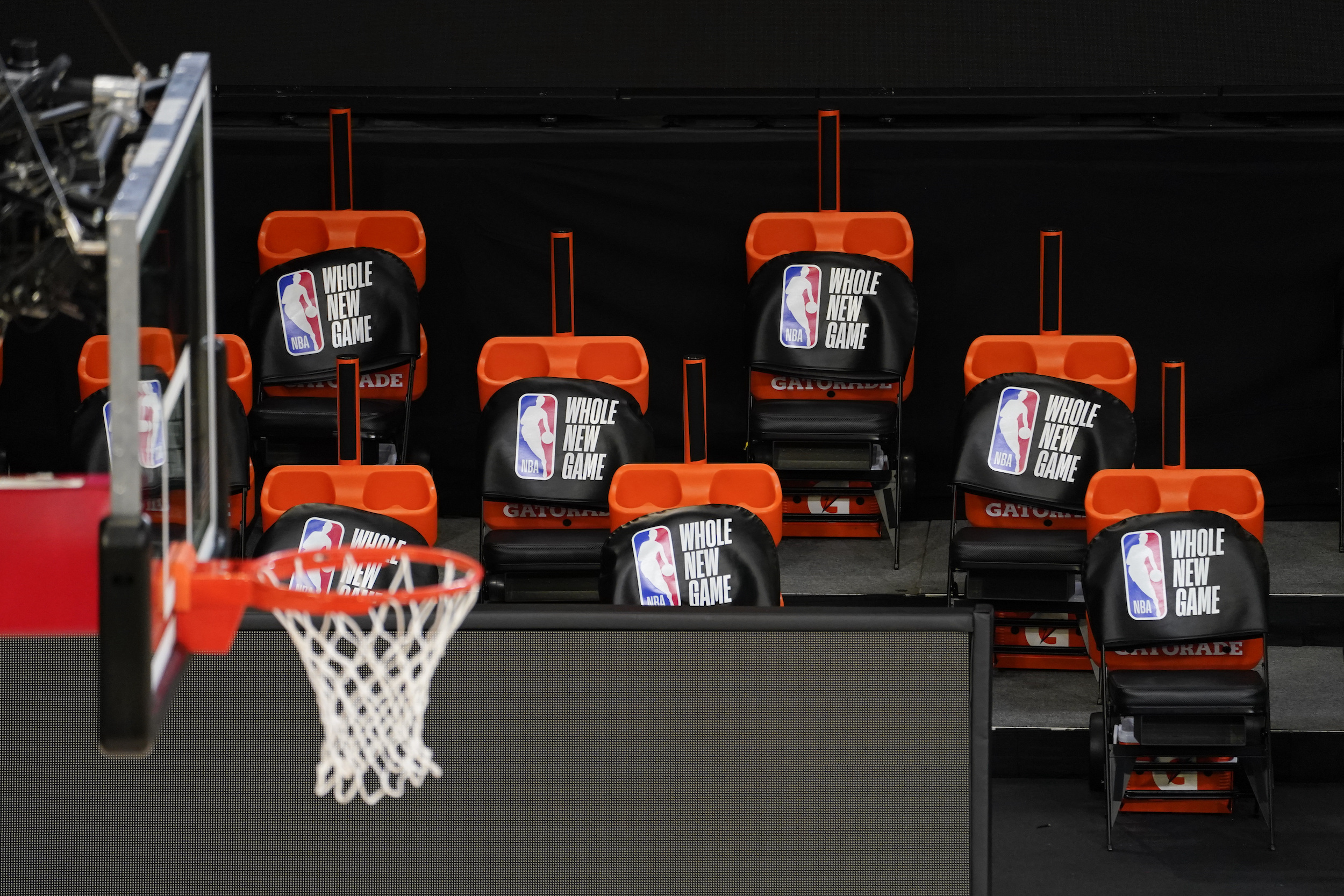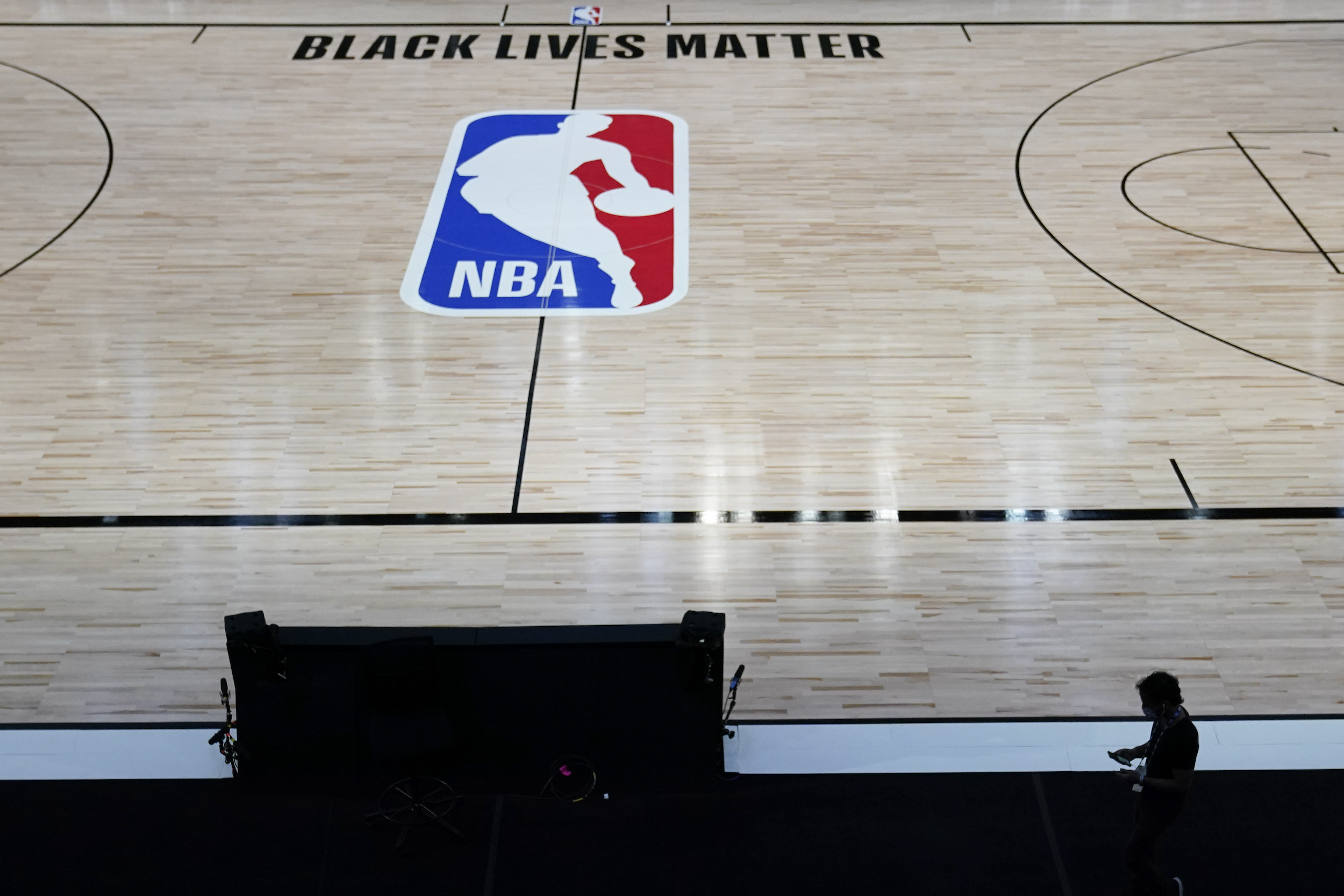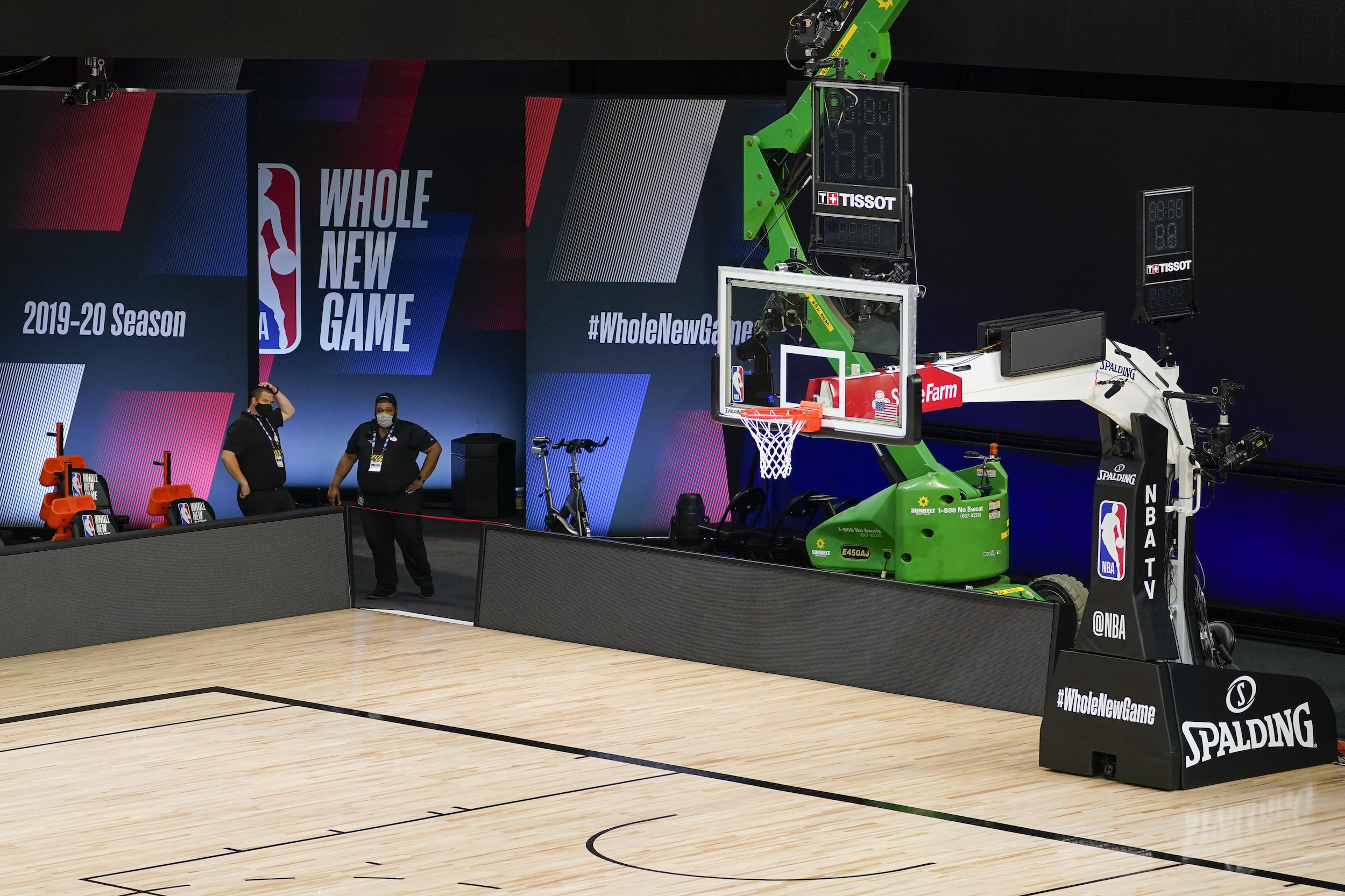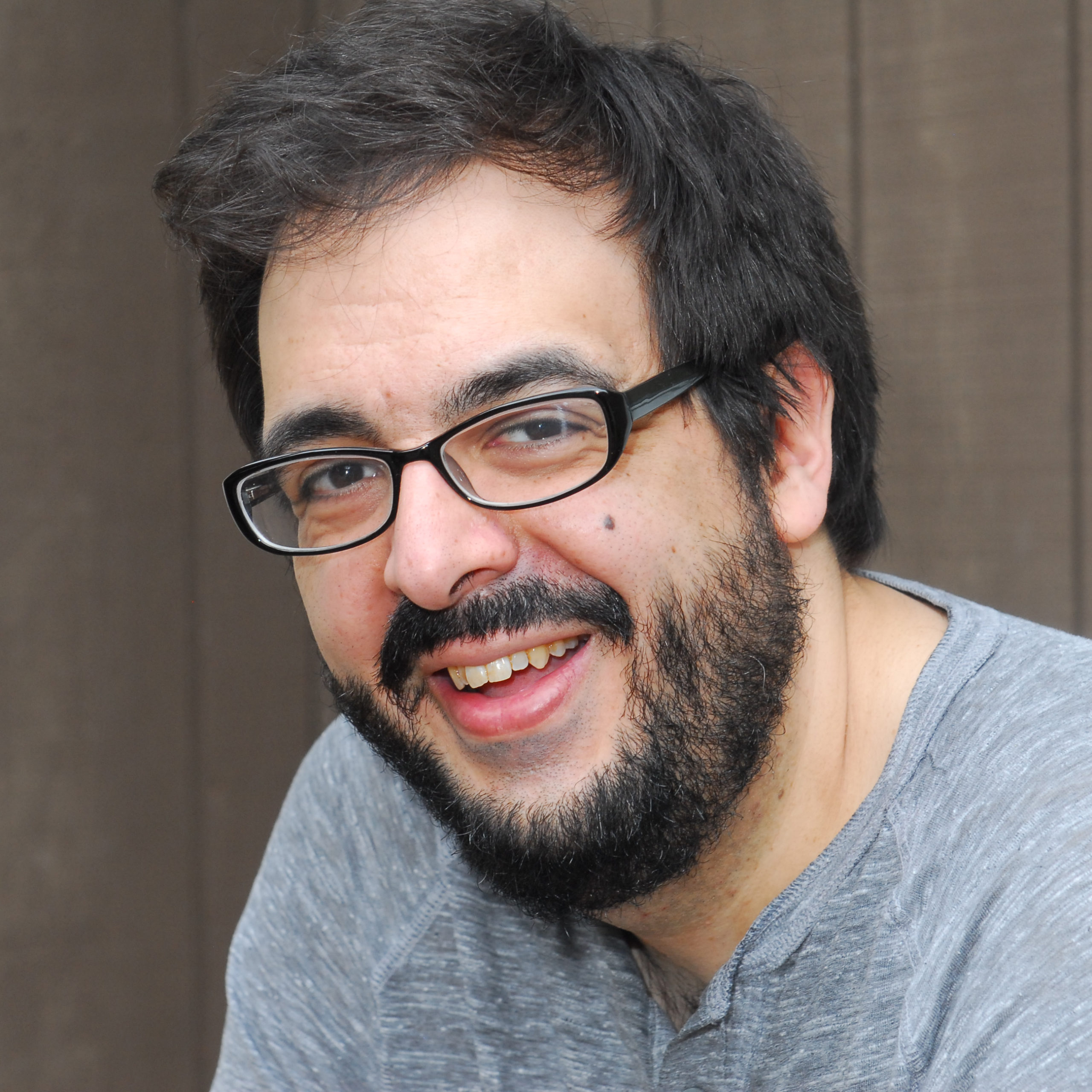As the coronavirus pandemic raged, Ben Golliver, the national NBA writer for The Washington Post, spent three months alone in the NBA’s “bubble” in Disney World. His days consisted mostly of work, long, caged-in walks, and ennui.
The unprecedented situation tested everybody. Players, media and referees were confined to a sliver of the mega-theme park’s campus. In-person interaction was virtually nonexistent. The accommodations were lovely; amenities were scarce. A highlight of Golliver’s day was to visit the bubble’s shipping depot, “a combination of an airplane hangar and a Costco designed exclusively for millionaire professional athletes.” As the NBA enacted strict measures to maintain order — and get a season in the books — political and social upheaval happened in a now-unfamiliar outside world. The players would not be silent
The 2020 season ended Oct. 11. Golliver figured he had time to pound away on his manuscript about a most unusual season — then the NBA announced the 2021 season would start in December.
The 37-year-old Golliver heads to the final stretch of this truncated season with a new book, “Bubbleball: Inside the NBA’s Fight to Save a Season” (Abrams Press), a thorough, entertaining behind-the-scenes look that is part workplace memoir and part recap of the NBA season punctuated by a global pandemic, social justice protests (led by the Milwaukee Bucks) and some great hoops.
A lifelong basketball fan and grew up in Beaverton, Oregon, Golliver devoured basketball books at the library. “Bubbleball,” he explained, is for the future generation of kids hungering for a read about a remarkable season.
Golliver, who is based in Los Angeles, talked about that season and its professional implications in a 45-minute phone conversation. The interview has been edited and condensed for clarity.
You write in “Bubbleball” that The Washington Post spent $50,000 for you to be in the bubble. Did you feel more pressure to do a good job?
The final total was something like $54,000. I think that I put more pressure on myself than anyone ever put on me from the outside. I found my bosses at the Post to be nothing but supportive. We obviously had a big conversation beforehand about should we be there, should we not? We had a team call with all the different sportswriters about how we should cover things.
Ultimately, the message I got from my editors was we want to be on site in case big news happens. We need to be sort of an independent check on what’s going on down there, because of the health implications and because of the competitive implications. And that proved to be totally true.
One concern that I had going in was just the balance between how many people who are here. Are they television partners, official media partners, or are they independent media? And I thought it was very important that the NBA decided to let in The New York Times, Washington Post, Boston Globe, and a number of other outlets that were independent. If you’re picking and choosing only your own outlet to cover you, that doesn’t seem fair. It doesn’t really seem in the best interest of the readers and the viewers either.
I think that the NBA was balancing a lot of stuff, but health and safety was top of their decision-making process. And this year, there are no in-person interviews whatsoever because they’re not in a bubble. The seats they put you at in the arena are well-removed from the court level.
And I think it’s going to be something that NBA media members track closely as we go forward. Do they restore the old way? And when do they do it or are there modifications that put up barriers between writers and the players? And I think obviously most writers would agree as few barriers as quickly as possible as our best-case scenario from a work standpoint.

Seat covers are placed on socially distant chairs in the team bench area at a basketball arena at ESPN Wide World of Sports Complex Wednesday, July 29, 2020, in Orlando, Fla. (AP Photo/Ashley Landis)
How do those restrictions make you a better reporter?
Access is a big part of the job. Being able to get those personal interactions is absolutely huge. For me, I think that it’s been an opportunity to write more columns, to refine my opinion-type voice. It’s been a chance to reflect on big-picture issues.
This year has been very challenging. I know a number of my writing colleagues feel the same way. Everybody’s kind of counting down until we can get really back in the buildings and potentially locker rooms, and be in a situation where the most fulfilling aspects of the job are available to us. I do see better days coming. I plan to go to the Hall of Fame induction in a couple of weeks. Once the playoffs really kick into gear, I think I’m going to get back to a normal travel schedule and cover games in arenas, regardless of how many fans they have.
And I think that’s important, too. There’s a big difference between having 2,500 fans in an arena and having zero, right? Zero, it just feels like a morgue. It feels very post-apocalyptic. With 2,500, at least you’re getting a vibe, right? At least you’re getting mood swings when things are going well. Having those kinds of interactions is something that I really miss and crave. I just know that a lot of writers are craving the access because I think that’s where the best writing comes from. It serves the readers. It serves the papers. And I think it, frankly, serves the players, too.
It’s been very difficult to write meaningful profiles of guys this year. I’ve seen way fewer of those than in a typical year. The Zoom mentality works for some situations, like post-game reactions to a tough call or a great last-second shot. But if you’re really trying to dig into somebody’s backstory or their personal life or what’s motivating them, that’s really gotta be done face-to-face in a sit-down environment.
Is there anything that you miss about being in the bubble?
I remember the bubble fondly. I’m not exactly racing to go back. I think the best part about it from my workflow standpoint was no travel. That was beloved by the referees as well. They love not having to log all those extra miles because they fly commercial just like reporters do so they really feel it, especially during the playoffs.
Being able to bounce from one gym to the next and watch incredible players. On the day of the shutdown, for example, the schedule was Giannis Antetokounmpo in game one, James Harden and Russell Westbrook versus Chris Paul in game two; LeBron James and Anthony Davis versus Damian Lillard in game three. So you’re talking about seven or eight Hall of Fame players in a nine-hour timeframe in the same gym. You don’t have to fly anywhere. You get to see all of them play with major playoffs stakes at hand. It’s incredible.
I can’t ever imagine that happening again, unless there was another health crisis. And so from that standpoint, as somebody who is always trying to be efficient with my time, that was just a big, big win. Flying back and forth, changing time zones during the playoffs, it always leads to exhaustion. It’s just inevitable.
There was no place to hide in these gyms. If your team chemistry wasn’t good, it was just obvious. It was sort of like an emperor with no clothes situation. Those kinds of interpersonal dynamics — it is a really emotional sport — really just came through in that environment in ways that it wasn’t even in a big arena.
Now, don’t get me wrong. When somebody hits the game-winner in front of 20,000 people, that’s a moment you’re never going to forget, either. This was sort of the flip side of that, where it felt like they kept the Guggenheim open for me or I was getting a Sydney Opera House private performance.
Were there colleagues of yours who didn’t share your appreciation?
I think the biggest differentiator was whether people had kids, because obviously you couldn’t bring your kids. If people were there for more than a month and they had kids back home and other family obligations that really started to weigh on them. There was that countdown mentality of, “Oh, we’re going to be free.” And I tell that story of the Lakers championship celebration, Danny Green comes running down the hallway and says, “We’re (expletive) free, we’re (expletive) free.” It’s not, “We won the title.” It’s like, “We get out of here.”
It does tell you how challenging this experience was. When I was there, we heard from a lot of players, saying how tough it was. I put on weight. I slept terribly. My anxiety and stress levels were way up, in part, because of the playoff workload. I definitely felt isolation from my family, with my parents being in Oregon. That was especially true when there were wildfires and I couldn’t do anything about it. All I had to do was write. So imagine dealing with the stress of playing and being on national TV, having your reputation judged with every shot.

A man walks past a basketball court at ESPN Wide World of Sports Complex Wednesday, July 29, 2020, in Orlando, Fla. (AP Photo/Ashley Landis)
What role did the social justice protests play in convincing fans that sports are, in fact, political?
From my perspective, most sports fans had come to that conclusion, whether they like it or not, prior to the time we got down in the bubble. I would give a lot of credit to Colin Kaepernick. I think he’s almost become synonymous with that idea — for good reasons and bad. I think he’s been held up as a hero by some, and he’s become this huge lightning rod for a big part of the country. I hear “stick to sports” a lot less now than I did five years ago, I guess I would put it that way.
The speed with which their protest gained momentum across other sports — less than 24 hours — I did not expect that. And I don’t know if they expected it either. It was probably surreal for them because they were just making a personal decision. “I don’t feel comfortable taking the court today” is how they described it. They had their political reasons or their philosophical reasons for doing so, but it really just boiled down to as simple as that. And to know that all those other athletes felt the same way and were just kind of looking for someone to go first, I’m sure that was very validating for the players involved.
Other projects may come out of the bubble, but I feel like that’s going to be the linchpin moment of the entire experience.
Have you noticed any carryover from the boycott to this season?
There was a big debate before we got to the bubble: Would the players be better off unified together — protesting in the bubble and wearing the jersey slogans and having the court say Black Lives Matter and putting together videos and doing coordinated post-game interviews? Or should they just not show up? Ultimately, the players concluded it’s better if everybody shows up together, and everybody can speak on the Breonna Taylor situation or the Jacob Blake shooting almost as one voice, and it would get more attention.
I think that’s actually proven true this year. We’ve had a number of players raise issues across the course of the season, but I’m wondering, have they gotten the same level of attention from the media, especially the national media, or has there been kind of a splintering effect because all these players are back in their home market?
I do think that there was a unique power to having everybody together in the bubble that’s also going to be difficult to replicate. Even visually we haven’t seen the same types of signs that we saw in the bubble in terms of Black Lives Matter being on the court. We haven’t seen the jersey slogans.
A big part of that, frankly, is that it was an election year and the election has passed. And I think that the frustration among the players toward the political establishment last summer was really, really hot. We heard it on a regular basis. LeBron James was taking direct shots at President Trump and going back and forth with Jared Kushner. It was a regular part of the life down there.
It goes back to the time capsule concept. I think 2020 is going to be one of those years that just kind of stands apart from the pack, especially for the NBA. Even a year later it does feel different.

Crews work on a basketball arena at ESPN Wide World of Sports Complex, Wednesday, July 29, 2020, in Orlando, Fla. (AP Photo/Ashley Landis)
You’re very reliant on social media. What’s your stance toward it?
I did try to write like pretty detailed diaries when I first got down there, (but) it became very clear to me the visual element and the video element were going to be hugely important to set the scene, because nobody knew what the Disney World campus looked like from the NBA perspective. Nobody knew how the rules were going to be enforced. So video was crucial. I view that as a major part of my writing process or my reporting process, I should say, whether it’s from press conference clips or just little dashes of color. I just happen to like photography, too. It’s a natural scratching of an itch for me to go out and take photos.
It goes back to the idea of process. I could not have written this book the same way 10 years ago, because when I had to pull all this together to try to tell this story, I had so much source material to rely on. But I also had just an unbelievable amount of contemporaneous accounts. I had hundreds of tweets. I had thousands of photos. I had lots and lots of video that I had shot. I had podcasts that I had recorded in real time. So if I wanted to go back and hear myself react to Rudy Gobert’s positive tests, I could go back and hear it in that moment.
The same thing with the Instagram story archive. I could go back to the day of the shutdown and say like, almost minute by minute, here’s what I was doing. Here’s where this came out. And that was just such an advantage as a writer and as a reporter to have that level of color, because it really helped jog my memory and it helped bring me some of the details back to life when I was writing it, well-removed from the bubble experience itself.
Everything should work in synergy if possible, right? If you have unique access like that, share it with the world. Don’t just keep that to yourself. It may come back and wind up being a huge benefit for you down the line.







